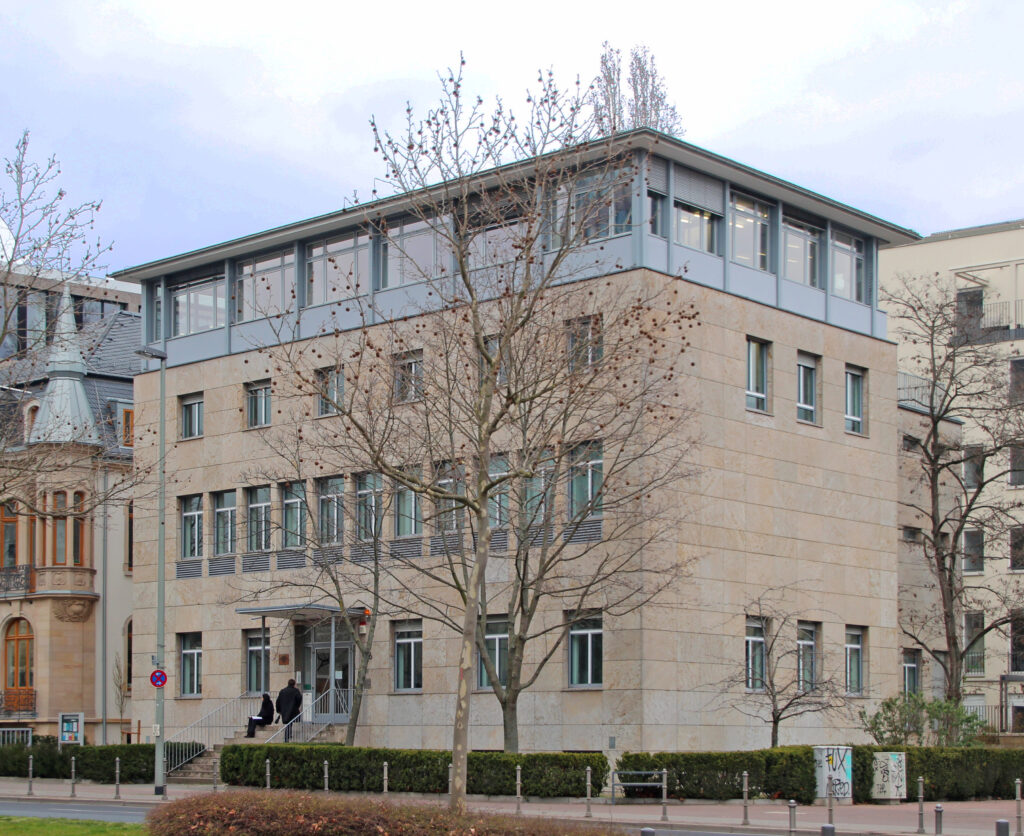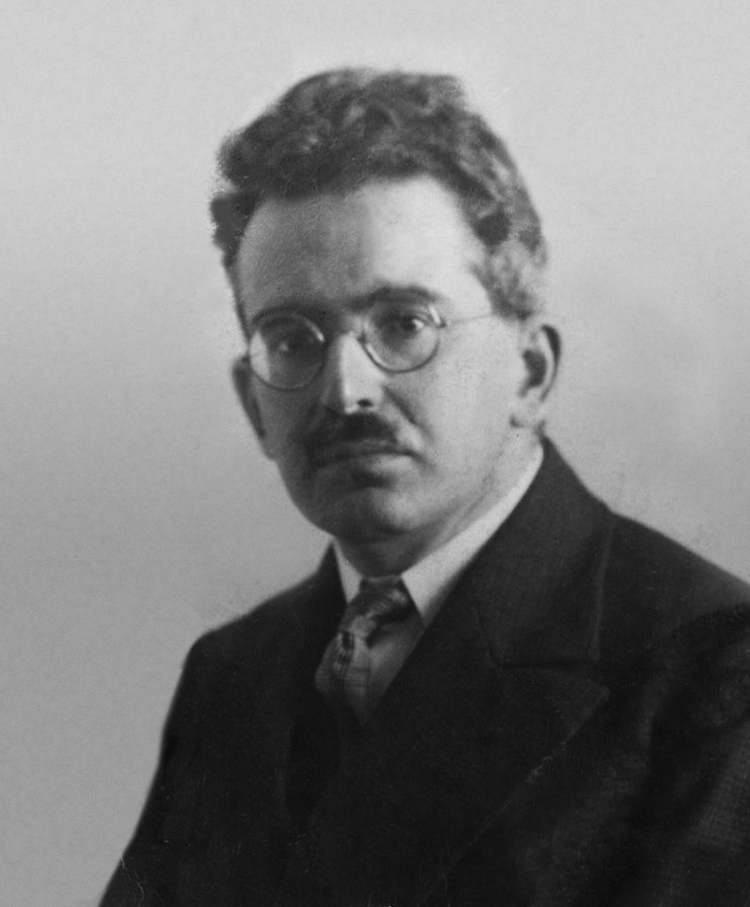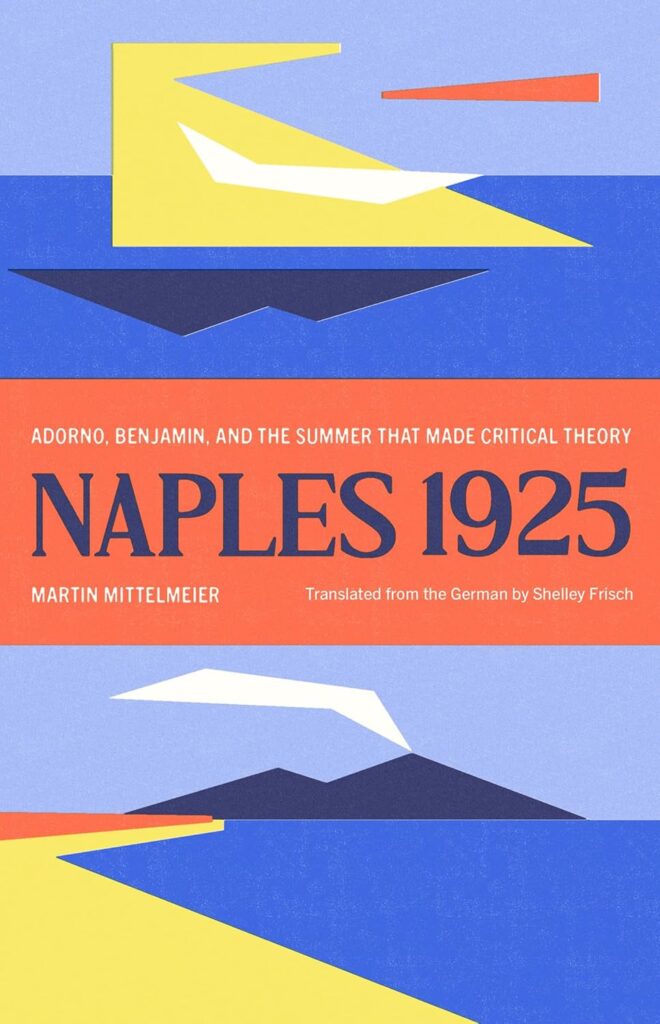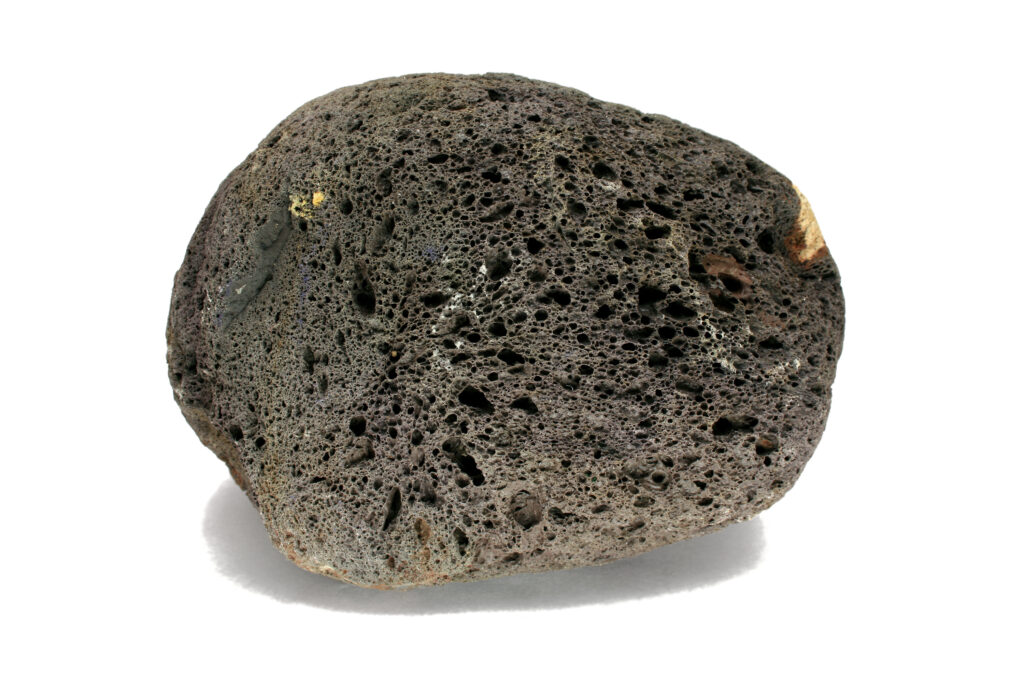Did An Enema Technique Create Critical Theory?
Our internal and external environments affect how we think. They can be inspirational. They can create epiphanies. If we’re lucky, they can create our life paths.

In “NAPLES 1925: Adorno, Benjamin, and the Summer That Made Critical Theory” (Yale/Margellos World Republic of Letters, 2024), author Martin Mittelmeier, with wonderful help from translator Shelley Frisch, proposes that the environs of Naples, Italy inspired the beginnings of Critical Theory.
What is Critical Theory?
Known more commonly in the United States as The Frankfurt School, Critical Theory is a school of philosophy? sociology? Marxism? that actually had a building in Frankfurt, Germany, which proves it was a school. It even looks like a school building:

German philosophers liked to unwind and drink in Italy, and eventually some of them found their way as far south as Naples, near the always-entertaining Mt. Vesuvius. The practical locals, the pre-industrial setting, the ruins, the porous volcanic rocks, skulls and burial caves, and colorful architects like Gilbert Clavel, who bragged about his enema as, “a Vesuvian eruption ensued, which then turned my behind into a riflescope,” all added to the atmosphere.
Clavell, according to Mittelmeier, inspired Adorno’s concept of “blasting”. “Porosity” came from the lava rocks ejected, some would say ejaculated, upon the mountainsides. “Constellations” came from . . . I’m not sure where.

Critical Theory is an offshoot, or a sideshoot, or a bastard child of Marxism. As soon as Marxists realized that the working classes were not going to rise up and butcher industrialists, Marxism mutated into a gentle nudging of institutions leftward, a process we see and live in today. It lost, but it won. Sort of, since the working classes are now voting for populists.

Critical theorizing is fundamentally a critique of capitalism and all its failings. It aims for a utopia on earth, but even Adorno thought, “Can’t be done.”
It would like, ideally, for each of us to gain the self-consciousness to assess our lives and then to live more consciously, and better. We might approach that utopia by sharing wealth, working less, needing less, wanting much less, striving less.
It is a critique of the Enlightenment, the historical era that gave us rationalism.
And it’s also hypocritical, in that anyone who can parse it today is running away from a bourgeois life with generally well-to-do bourgeois parents. If your parents can get you into Yale, you could study Critical Theory. If they taught it. Which no university really does, as a whole.
NAPLES 1925 is a beautifully written and even better translated (from the German) book. Mittelmeier has a clever and rather plausible notion of the roots of the philosophy being bred in Italy.
The fact that we live the consequences of a philosophy that nobody can explain or read is horrifying.
Think about that the next time you sit down to your Captain Crunch in sunny Happyville.
